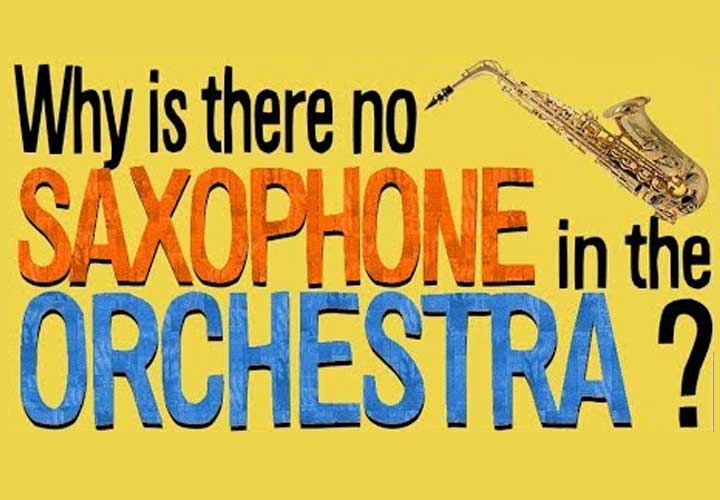
Musical history is littered with instruments that had brief periods of popularity before superseded by newer instruments. Whilst many of these have now been revived in period instrument recordings of older repertoire others remain largely forgotten. This seems a shame since, as this list shows, they make sounds that are uniquely beguiling. Continue reading...

Why is the tenor oboe called an “English horn”? Are violinists are really playing “little violas”? What links the bassoon and Benito Mussolini? And are viols really vile? The names of the major classical instruments are so familiar that we usually take them for granted, but digging into their origins reveals an intriguing hotchpotch of multicultural influences, from ancient Greece and Rome via medieval Europe through to the present day. Some names reveal surprisingly simple origins; others make no sense whatsoever but offer entertaining glimpses into language’s ability to mistranslate, mislead and sometimes downright mangle the original meaning of things. Continue reading...

"Giant Steps" is a famously challenging jazz track composed by saxophonist John Coltrane. Released on his 1960 album of the same name, the track became famous for its rapid-fire chord changes, where chords that are usually only distantly related rain down in quick succession.
Improvising over the Giant Steps chord progression has became something of a rite of passage for jazz musicians the world over. A challenge to see if you can master one of the trickiest series of chords ever created for the jazz improviser.
But another approach is to see if you can play Coltrane's own solo note-for-note on your own instrument.
Continue reading...

A question often asked by first-time concert goers is—where were the saxophones? The saxophone is one of the most popular instruments. You see them everywhere. So why aren't they part of the standard orchestral line-up?
A common myth is that it doesn't blend with the other instruments. It's loud, abrasive and honky—it just sticks out too much.
But in fact, nothing could be further from the truth. The true reason the sax isn't a fully-fledged member of the orchestra is a story full of intrigue, politics and prejudice.
Continue reading...

![Oboe player [Source: Adobe Free Stock Image]](/discover/oboe_2.jpg)
The most intensely lyrical of all woodwind instruments, the oboe has a long and distinguished history. Undisputed king of the woodwind during the baroque era, the instrument features heavily throughout Bach’s works as well as appearing in myriad sonatas and concertos by other composers of the period. The arrival of the clarinet in the late eighteenth century rather nudged the instrument out of the limelight. Mozart turned to the clarinet for his last and greatest wind pieces, rather setting the tone for subsequent composers (Brahms, for example, who wrote some of his finest chamber music for clarinet but nothing whatsoever for oboe), although the 20th-century saw many notable additions to the repertoire, including concertos by Richard Strauss and Vaughan Williams, along with Poulenc’s melancholy late sonata. Continue reading...

The bassoon may be the Cinderella of the woodwind family when it comes to solo works but there’s still a good deal of repertoire out there to explore, including plenty of baroque pieces (Vivaldi, anyone?) and a trio of fine classical concertos by Mozart, Hummel and Weber – while 20th-century works range from Latin-flavoured works by Villa-Lobos and Piazzolla through to Sofia Gubaidulina’s memorably bleak Concerto for Bassoon and Low Strings. Continue reading...